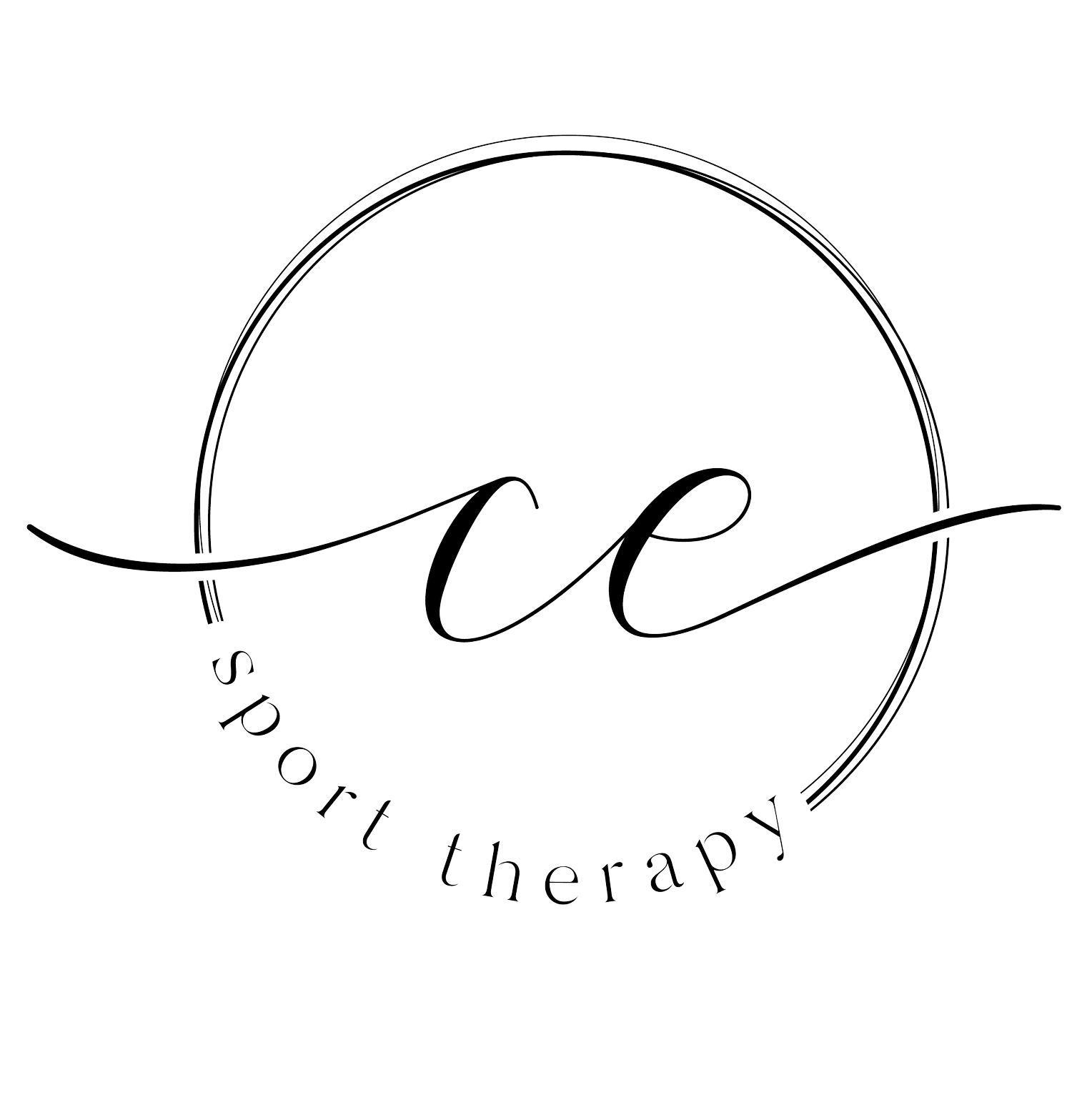8 Tips for Staying Active While Injured
One of our pet peeves is when someone is told to do nothing when they are injured. "Just to go home and sit on the couch and hope that by some miracle, your injury will heal." But for a lot of us - we don't want to just do nothing, and for a lot of injuries, the "rest method" isn't enough.
At CE Sport Therapy, we believe in helping you stay active during your recovery. The body needs movement! So here are our 8 tips for staying active when you are injured.
1.) Nothing should be painful!
You heard us. So stop being silly and macho. Pushing through the pain will not - I repeat - WILL NOT lead anywhere good. You will only aggravate the injury, cause inflammation, delay the healing process, or cause additional compensation patterns in the area which leads to further injury down the road.Listen to your body. If a particular movement or activity is painful - don't do it. Find a modification or alternative activity that you can participate in without pain.
2.) Do your rehab
Just do it. If you made an effort and spent the money to see an expert to help you in your recovery - do what they tell you to do. Create a routine and make a habit. Add it in throughout the day either in a work-out or a break at work - anywhere! Just do your darn injury rehab!
3.) Change your focus
Now that you are recovering, your focus might not be on setting any PB's or PR's or whatever you want to call them. But the physical activity you get can still be meaningful! Focus on things that will aid your recovery like working on flexibility and mobility, strengthening in different ways, participating in fun, new, pain-free activities, etc.Now is your chance to experiment! Enjoy the change. Cross training will only make you better once you return to your primary exercise.
4.) Core, Core, Core
It's your foundation after all. Having a strong core and good control over your pelvis and spinal movements and good body awareness will not only help throughout your recovery, but it will also help prevent future injuries down the road and make you stronger and healthier overall.
5.) Progress Slowly
We've all done it or known someone who has. You're recovering from an injury and trying to get back into your activity. You are giving it a shot and guess what - no pain! So you put more weight on, or you go faster or harder or longer, and you only feel a little bit of pain. But boy do you feel it the next day, and it's not an "it's-so-good-to-work-out" feeling.When you are reintroducing or progressing certain activities, add a little on each day as you are able. You need 24-36 hours to know how your body will respond, so progress slowly. We know you are eager to be back to 100%, but it's not worth setting yourself back weeks in your recovery. Be patient and progress slowly.
6.) Controlled movements only!
You might think, "well it's a neck injury - I can still do jump squats, right?" NO! Fast, powerful or complex movements use your whole body! Change them out for slow, controlled movements that allow you to work on isolation; this ensures you won't accidentally cause pain or aggravate your injury.
7.) Stick with it!
Remember that the moment you stop feeling pain, or the first day you can do an activity you couldn't before, does not signal the end of your recovery. Though you might be feeling a bit better, don't stop yet! The last thing you want is to be making good progress and to get to about 80%, stop doing your exercises, cancel all of your athletic therapy appointments and next thing you know you're back in pain and down to 40% again. Stick with it! Finish your injury rehab and recover all the way to 100%.
8.) Focus on Form
If you haven't been cautious of your form before now, you definitely should start. Having proper form means that you are strengthening the body in the right way, using the right muscles and reducing the unnecessary strain on muscles and stress on joints. If you're not sure if you've got adequate form or not - talk to an expert.
Your Athletic Therapist or physiotherapist should be able to help you with this but when in doubt, speak with a personal trainer or strength coach (bonus points for one that is familiar with post-rehab training!) So go ahead, have fun! Recovering does not have to mean laying around and wasting away. Just be smart and let us know how it's going!
And if you're wanting to stay active during your recovery and are not sure where to start...apply below for a Free Starter Session with one of our therapist. They’ll show you the ropes so you know what you can do and what to avoid
Always rooting for you!
